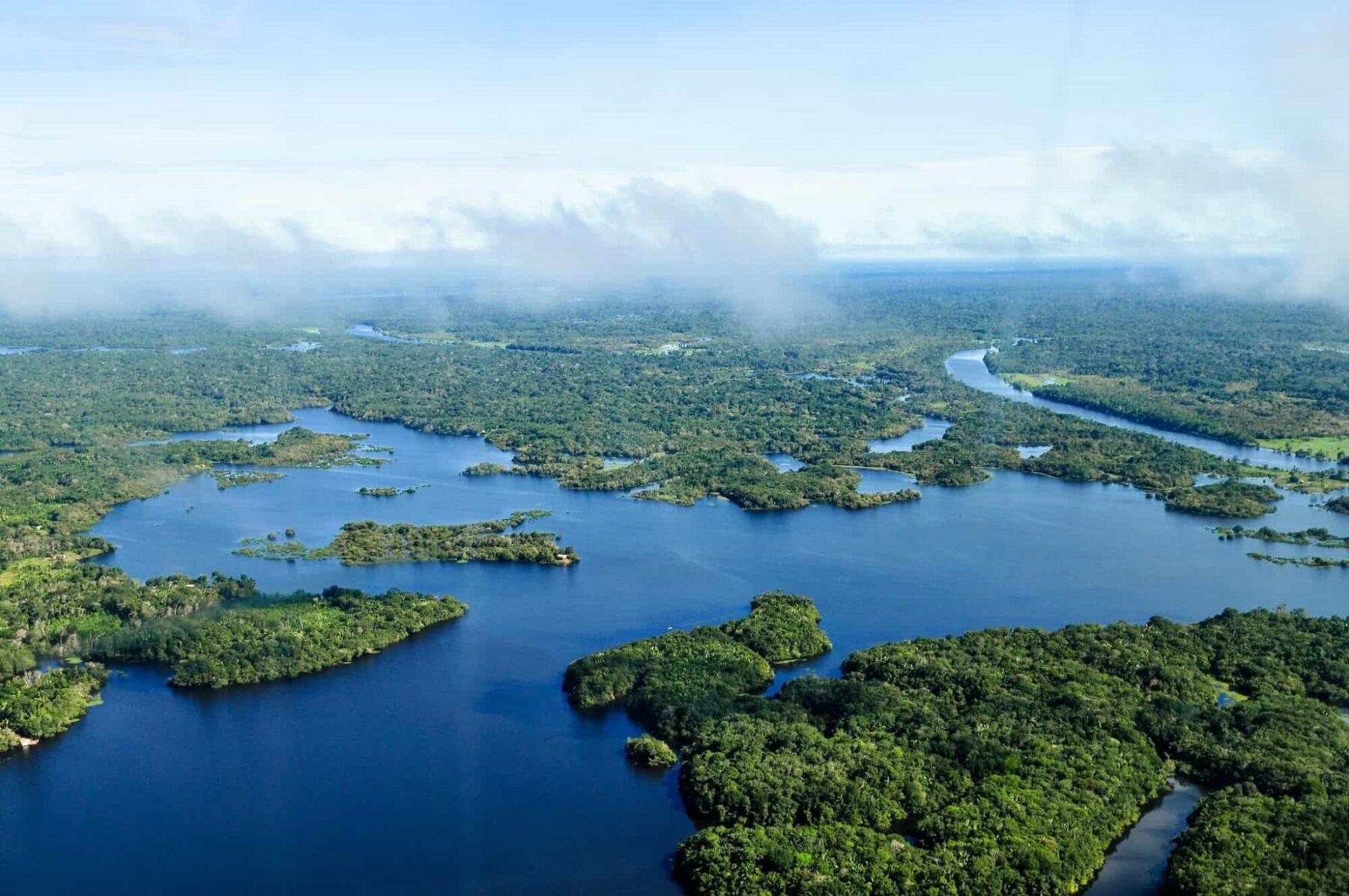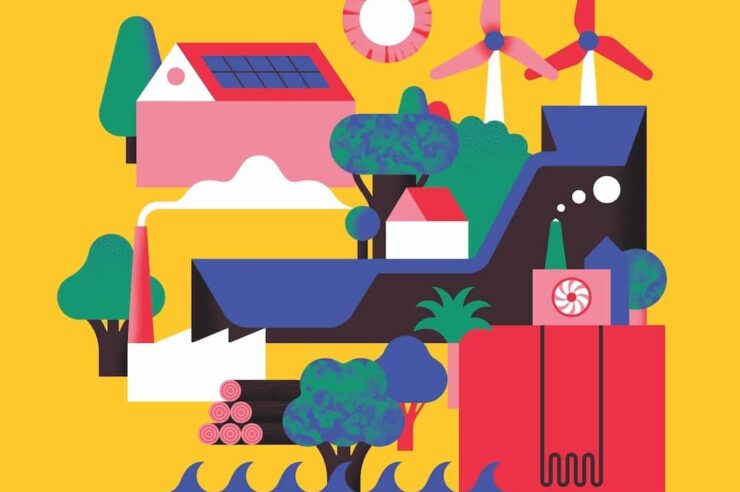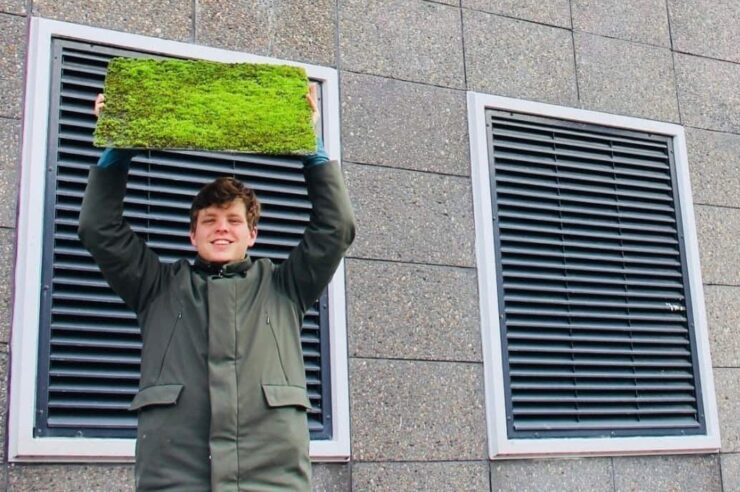Did you know that artificial intelligence is on the frontline of saving the rainforests? Machine learning gets a bad rap, but when harnessed for good, it can supercharge environmental work, writes Martin Wright
Are we headed for a data-driven dystopia? One where artificial intelligence (AI) gradually colonises every aspect of our lives, to all our detriments? There is no shortage of gloomy predictions as to what untamed algorithms might bring about. You know the sort of thing: sweeping job losses; the obliteration of privacy and personal choice; even autonomous weapons systems unleashing killer bots from the sky. I could go on…
As clouds on the horizon go, it’s a big one. But that doesn’t mean it’s entirely shorn of silver linings. Far from it. The power of AI to harvest and process the vast amounts of data that litter the world’s servers can be harnessed for good. It can, in short, help us see the wood for the trees.
Quite literally, in some cases.
AI is on the frontline of the fight to save the rainforests, with data from satellites and cloud-piercing radar combining with on-the-ground monitoring to detect and track threats right down to the level of a single tree. Previously, it might take months or even years before an illegal logging operation or incursion by cattle farmers was spotted. Now, these can be picked up before the first whine of the chainsaw. In the Brazilian state of Acre, deep in the Amazon, where deforestation is running rampant, indigenous forest agents from the Shanenawa people are using drones and GPS monitoring in collaboration with a sophisticated AI tool. Developed by Microsoft and Brazilian non-profit Imazon, it helps predict where incursions look likely to occur, allowing local people to nip them in the bud.
This kind of detailed observation is now being used by companies under pressure from activists, consumers and, increasingly, investors and governments, to prove that their supply chains are ‘deforestation-free’. When it’s a commodity like palm oil, with tens of thousands of smallholders involved, that’s easier said than done. But AI tools can drill down through a huge range of data – from satellites, radar, on-the-ground monitoring, and more besides – to spot where an individual farmer on a remote plot of land in Borneo, say, might be starting to clear forest for palm, allowing time for prompt intervention.
Deep in the Amazon, indigenous forest agents from the Shanenawa people are using drones and GPS monitoring
But it’s not just the health of the planet’s last remaining wild places where AI can play a role. Human health, too, can benefit.
Take breast cancer. Routine screenings are notorious for turning up a high proportion of false negatives and positives – causing unnecessary anxiety and biopsies as well as tragic but avoidable deaths. Now a study involving everyone from Cancer Research UK to Northwestern University, Illinois, and (inevitably) Google, has found that AI can interpret mammograms significantly more accurately than trained radiographers. And if the thought of software excluding humans from healthcare is dispiriting, take heart from another study conducted by the universities of Montreal and Tennessee. This found that while doctors make erroneous decisions in 3.5 per cent of cases, state-of-the-art AI has an error rate of 7.5 per cent. But crucially, when combined together, the error rate can drop to 0.5 per cent.

AI tools harness the power of data to protect lands from deforestation. Image: Karsten Winegeart
Then there’s the potential of AI to massively improve energy efficiency, to boost the potential of renewables by enabling the smart grids of the future to micro-manage power supply, trickling electricity to and fro as needed. It can help African and Asian farmers map their fields to fine-tune irrigation or chemical applications, saving money, conserving soil and boosting production. It can even anticipate the outbreak of wildfires, allowing intervention before they explode out of control. It’s a dizzyingly promising list, and as machine learning takes off, this could just be the start.
None of it, of course, is grounds for complacency as to the damage that unrestrained use of artificial intelligence can bring. There’s an urgent need for greater transparency and democratic control, for robust ethical guidelines to govern its use. And encouragingly, there is a flurry of initiatives starting to spring up, from governments and industry alike, to try to tame the AI tiger. And not before time.
As Niels Wielaard, CEO of Satelligence – one of the tech’s leading users for forest monitoring – puts it: “AI is not a magic wand. It can’t save the planet on its own. But humans can.
Martin Wright is chair of Positive News.
Main image: CIFOR





